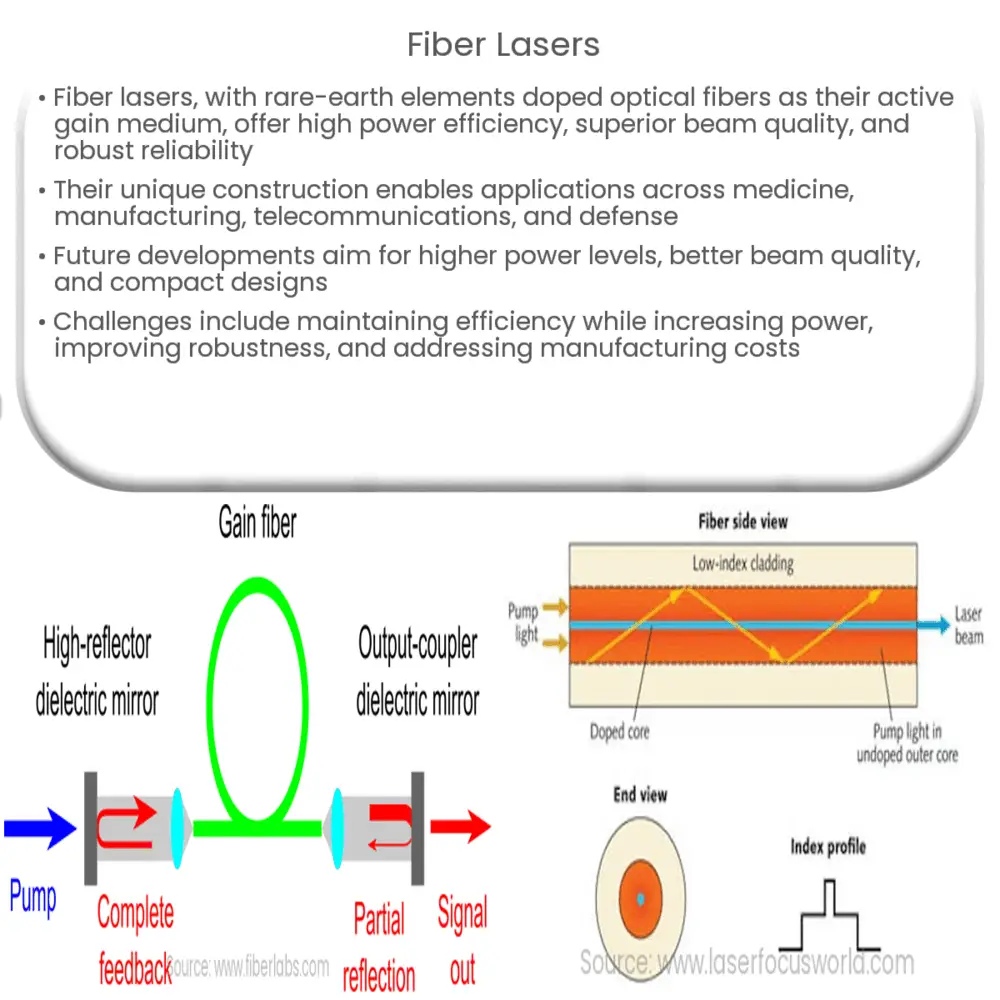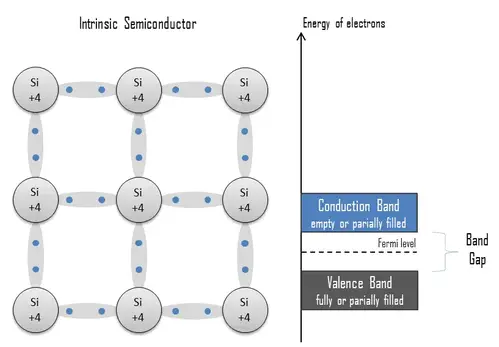Explore the revolutionary world of fiber lasers: their unique features, wide applications, future potential, and challenges ahead.

Fiber Lasers: A Revolution in the World of Light Technology
Fiber lasers are a revolutionary form of laser technology, representing a significant advancement in the field of optics. Characterized by their unique construction, fiber lasers have emerged as a leading solution in numerous applications, from medical equipment to industrial manufacturing.
Understanding Fiber Lasers
Simply put, a fiber laser is a type of laser where the active gain medium is an optical fiber that has been doped with rare-earth elements such as erbium, ytterbium, neodymium, dysprosium, praseodymium, or thulium. This is fundamentally different from traditional lasers, which often rely on crystals or gas as the gain medium.
Unlike their traditional counterparts, fiber lasers use a long, thin strand of fiber to create a light beam. This structure offers unique advantages in terms of power efficiency, beam quality, and reliability.
Unique Features of Fiber Lasers
- High Power Efficiency: Fiber lasers offer unparalleled power efficiency compared to conventional lasers. The design of the optical fiber allows for excellent cooling capabilities, which reduces energy waste and prolongs the laser’s lifespan.
- Superior Beam Quality: The unique construction of fiber lasers generates a high-quality beam with a smaller spot size and excellent focusability. This leads to greater precision and accuracy in applications such as cutting, welding, and engraving.
- Reliability and Maintenance: Thanks to the robust construction of fiber lasers, they require little to no maintenance. Their solid-state nature means they are not prone to damage from external factors, and they offer consistent performance over long periods of time.
Applications of Fiber Lasers
Fiber lasers find applications in a wide array of industries. They are used extensively in the medical field for procedures such as laser eye surgery and skin treatments. In the manufacturing sector, fiber lasers are employed in precision cutting, welding, and marking of materials. They are also used in telecommunications for optical signal amplification and in research and development for spectroscopy and microscopy.
Furthermore, fiber lasers play a significant role in the defense and security sector for their use in direct energy weapons and laser-based countermeasures. The high power and precision of fiber lasers make them ideal for such applications.
Undoubtedly, fiber lasers represent an exciting frontier in the world of laser technology, with their versatility, power efficiency, and precision promising to further revolutionize various industries.
The Future of Fiber Lasers
Looking ahead, the future of fiber lasers seems immensely bright. With continued advancements in technology, these lasers are set to achieve higher power levels, improved beam quality, and even more compact designs. This will further enhance their versatility and adaptability, paving the way for new applications.
One promising area of development is in the field of ultrafast fiber lasers. These lasers, capable of producing pulses of light that last only femtoseconds (10-15 seconds), could potentially revolutionize the medical and manufacturing sectors by enabling unprecedented precision and minimal thermal damage. Furthermore, the potential for fiber lasers in high-capacity data transmission is enormous, with continued progress likely to significantly enhance the capacity of fiber-optic communication systems.
Challenges Ahead
Despite the many advantages and exciting potential of fiber lasers, challenges remain. Achieving higher power levels while maintaining beam quality and efficiency is a key concern. Moreover, there are ongoing efforts to improve the longevity and robustness of these lasers, particularly for industrial applications where they are exposed to harsh conditions. Additionally, the cost of manufacturing fiber lasers, especially those using rare-earth elements, is a challenge that needs to be addressed to make this technology more accessible.
Conclusion
In conclusion, fiber lasers have emerged as a powerful tool in many industries, offering advantages such as high power efficiency, superior beam quality, and minimal maintenance requirements. With their unique design and functioning, they represent a significant leap forward in laser technology.
While challenges remain in terms of power scalability, robustness, and cost, the potential of fiber lasers is undeniable. As we continue to innovate and push the boundaries of what is possible, it is clear that fiber lasers will play a significant role in shaping the future of technology, from manufacturing and medicine to telecommunications and defense.
The journey of fiber lasers, from their conceptualization to their wide-ranging applications today, underscores the importance of continuous innovation in our quest to harness the power of light for the betterment of society.



